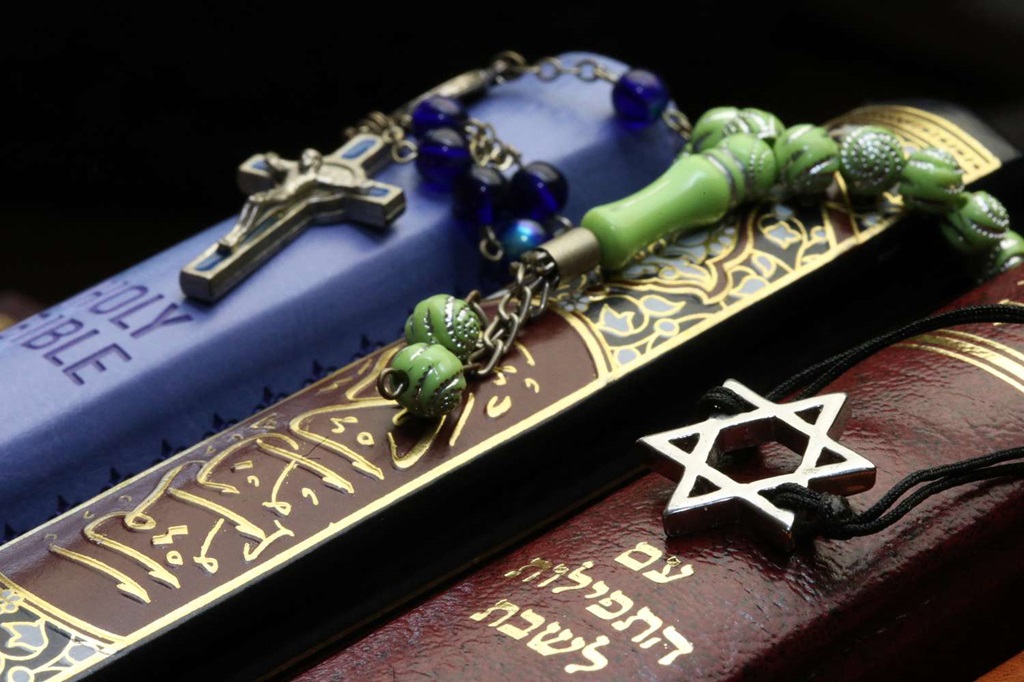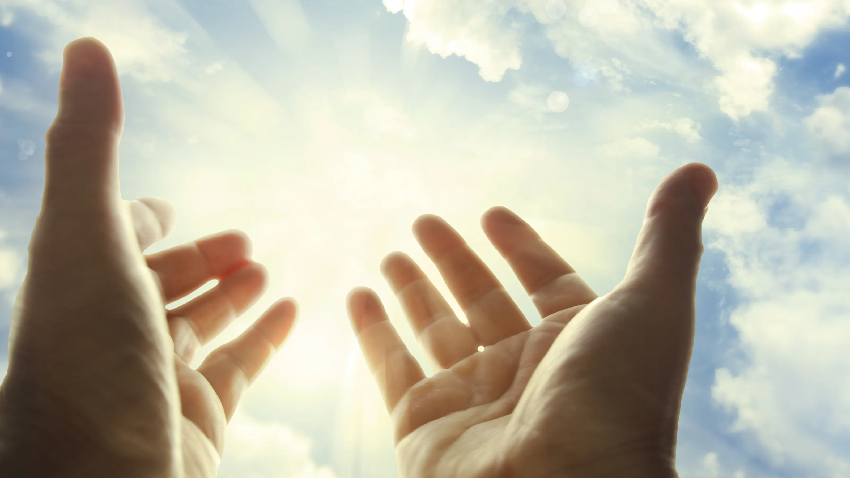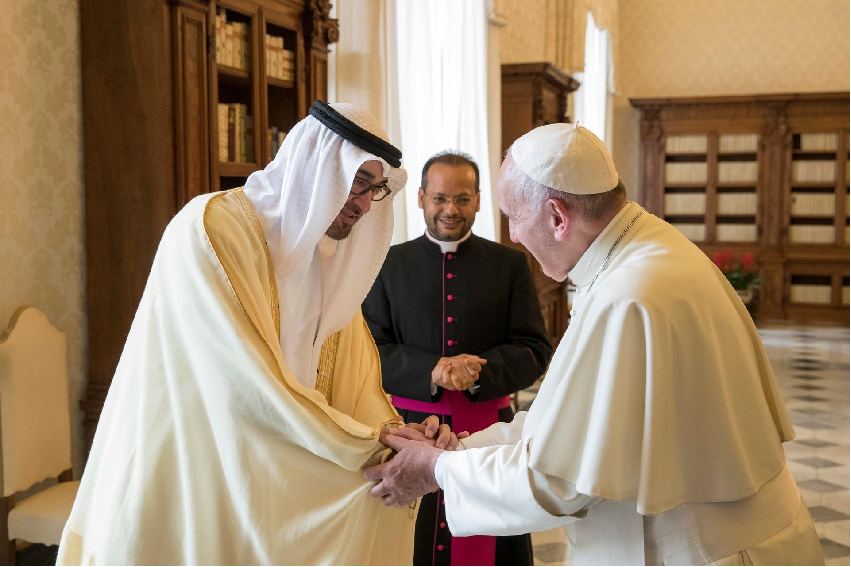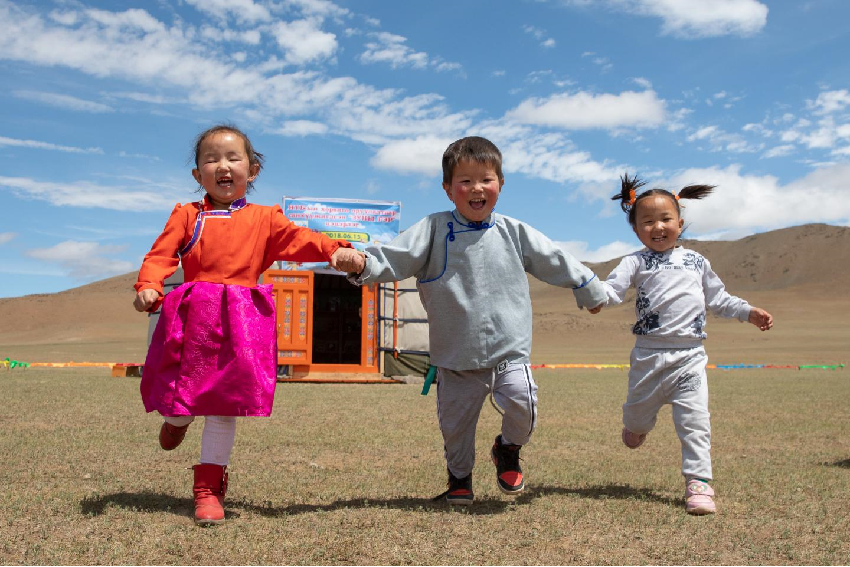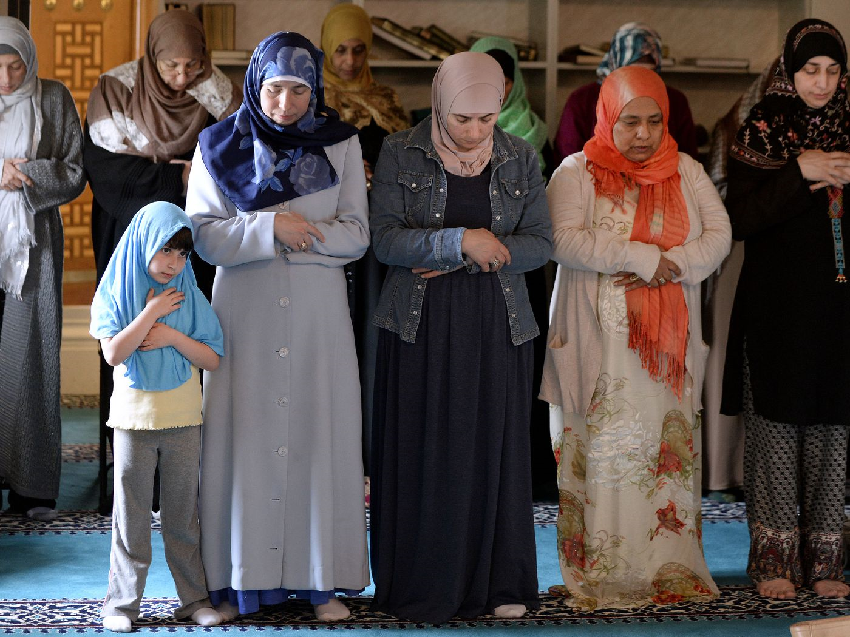
Structural Islamophobia. another glass ceiling
The digital ecosystem is configured today as the central space of the battle against hate speech since it is in that common place where the attitudes of rejection of the other take shape before and with greater force. There is an urgent need to transform the narrative of hate from within this universal communication system, providing the population with alternative stories that modify the way in which they perceive the communities of our country, and that endorse the advantages of freer and more tolerant societies.
The year 2019 has been the third period of a systematic annual analysis of the media that we carry out from the Observatory of Islamophobia in the Media. In our first report corresponding to 2017, An incontestable reality, Islamophobia in the media, the worrying situation of this phenomenon was confirmed after taking as a basis five newspapers (El País, El Mundo, La Razón, La Vanguardia, eldiario.es and 20 minutes). ) representative both in terms of audience and of the ideological range or format. In 2018, the statistics improved significantly, as shown in that year’s report, A change within our reach, Islamophobia in the media, where, in addition to maintaining the analysis of the newspapers El País and La Razón, we analyzed how to cover the Muslim communities of the national and European sections of the news agencies EFE and Europa Press.
Islamophobia And The Press: The Bewilderments Of A Civic Journalist
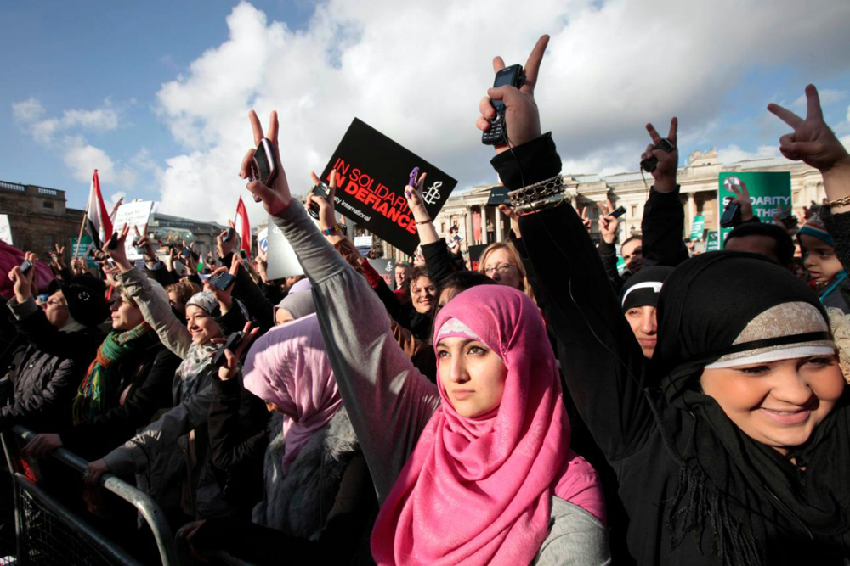
As journalists, we don’t really like studies that point out our shortcomings. The profession is on the defensive, weakened by a change in the economic model and media «consumption», attacked by a media bashing that no longer only comes from marginal sectors but from heads of state or government. The journalists of the mainstream press practice their profession under permanent suspicion, accused of everything and its opposite: of being “leftists”, “politically correct”, accomplices of the “cosmopolitan elites” or “foreign” minorities; or, on the contrary, to ignore the ethnic, religious or gender diversity of society and to defend a “Western”, Judeo-Christian and white hegemony.
A Secularized Press
Belonging to a “quality, progressive, and “well-intentioned” media outlet does not mean being safe from accusations of presenting “a biased or hostile view of Islam.” In the face of this criticism, perhaps some journalists will shrug their shoulders, claiming that most religious groups complain about the negative coverage they receive. Thus, in 2002, the Archbishop of Tegucigalpa, Oscar Andrés Maradiaga, launched a diatribe [4] against CNN, The New York Times, The Washington Post, and The Boston Globe, denouncing “Stalinist methods” in their coverage of the scandals. of pedophilia in the American Catholic Church. The same year, the Mormon Church complained about the coverage “full of blatant stupidity and arrogance” [5] it received in the mainstream media. And what about white evangelicals and pro-Trump ultra-Orthodox Jews? They feel that the big “liberal” press despises their faith and their culture.
A Journalism Of Knowledge
The secular liberalism of the reference press does not exempt it from its obligation to impartially cover the subject of religions. Journalistic ethics implies respecting common professional norms (in headlines, photos, etc.) and constantly reviewing reflexes and routines: in the hierarchy of information, the speed of its dissemination, the obsession with controversies, or the excessive dependence on official sources. This also leads to questions about fairness: why is it that in the media the volume of coverage of a terrorist attack is much greater when a group like Daesh claims it than when a far-right group does it?
An X-Ray Of The Muslim World
The Muslim world, understood as the set of countries whose majority population professes the Islamic religion, occupies 25 million square kilometers, the equivalent of a quarter of the planet’s surface. But if we include Muslim minorities in non-Muslim countries, the geographic expansion is much greater.
According to a study by the Pew Research Center, the world’s Muslim population will increase from 1.6 billion in 2010 to 2.76 billion in 2050 and will be distributed on the world map as follows: 20% in the Middle East and North Africa; 24.3% in sub-Saharan Africa; 52.8% in Asia; 0.2% in North America; 2.3% in Europe; and the remaining 0.4% between South America and Australia.
The diversity of the Islamic world has many aspects and anyone who wants to give an opinion about Islam or Muslims must take it into account so as not to fall into generalizations, which, in addition to being wrong, are often harmful, and only show the ignorance of the speaker, at best. cases, or their bad faith, in the worst.
Religious diversity
Since the creation of the first Muslim society by the prophet Muhammad in the city of Medina, religious diversity in Muslim society is a fully normalized fact to this day. The religious and political leader of Islam then recognized the religious diversity in the new Muslim society and established, through a document known as “the constitution of Medina”, the principle of citizenship on an ethical and non-religious basis. “The Jews are part of the Umma (the community), they have their religion and the Muslims have theirs,” said that document in one of its articles, at the same time that it recognized the equal rights and duties of all existing religious communities in Medina.
The Prophet Mohammed also left various rules and teachings to protect religious minorities in Muslim society which he called Ahl Addima (the protected ones). For example, in one of his teachings he said: “Whoever is unfair to one of the “protected ones”, or demands more than his capacity, or takes something from him without his consent, I will be his adversary on the day of judgment.
Theological diversity
There are Sunni and Shia Muslims. The three main groups of Shiism are the Twelvers, the Zaydis, and the Ismailis. Within Sunni Islam, there are four main theological schools: Hanafi, Maliki, Shafii, and Hanbali.
This theological diversity is reflected in the practice of Islam: on the same subject there may be dozens of theological opinions and, faced with this diversity, each Muslim chooses the opinion that most convince him or the one that suits him best.
Ideological diversity
Throughout history, many ideological currents have emerged in the Islamic world, and each of them represents a project with its own vision of putting Islam into practice, especially in the social and community sphere.
Today there are several social and political movements that represent different schools of Islamic thought: Tabligh, Salafism, Muslim Brotherhood, Tahrir, Sufism, Jihadism, etc.
Sufism, which represents the mystical current of Islam, is, in turn, made up of many tariqas (brotherhoods): shadily, nakchabandiya, aliya, darkauiya, etc.
There are very traditional movements and others more adapted to modern times; there are political movements and others that reject politics altogether; there are some violent minority movements and others, the majority, peaceful.
Cultural diversity
In the Muslim world, which is present to a greater or lesser extent on the five continents, we find all the cultures and traditions of the world, and the interaction between culture and religion is inevitable.
Not only is it inevitable, but Islam also promotes such interaction by considering that one of its sources of legislation is the local traditions of each people. That is local traditions that do not contradict Islamic values are incorporated into Islamic law.
That is why there is so much cultural wealth in the Muslim world: gastronomy, architecture, art, clothing, languages, etc. Turkish calligraphy, Arabic cuisine, Persian art, African dialects, Indian dress, and Malay music are all facets of cultural diversity in Islam.
Ethnic diversity
Arabs make up no more than 20% of the global Muslim population. The rest of the Muslims, who are the vast majority, are Turkish, Persian, African, Amazigh, Malay, Chinese, Indian, European, etc.
On the other hand, belonging to an Arab country has nothing to do with the religious condition of the people who live there. There are Arabs who are not Muslims, who are Christians, Jews, followers of other doctrines, and even agnostics and atheists.
The Arabic term, in addition to referring to the language in which the Koran was revealed, is applied to the inhabitants of Arabia and, by extension, to the inhabitants of the territories where Islam began to spread (North Africa, the Persian Gulf, Middle East, etc.), but Muslim is a much broader concept because it refers to specific beliefs and different practice of faith than other confessions.
You may also be interested in How could religious beliefs arise?

